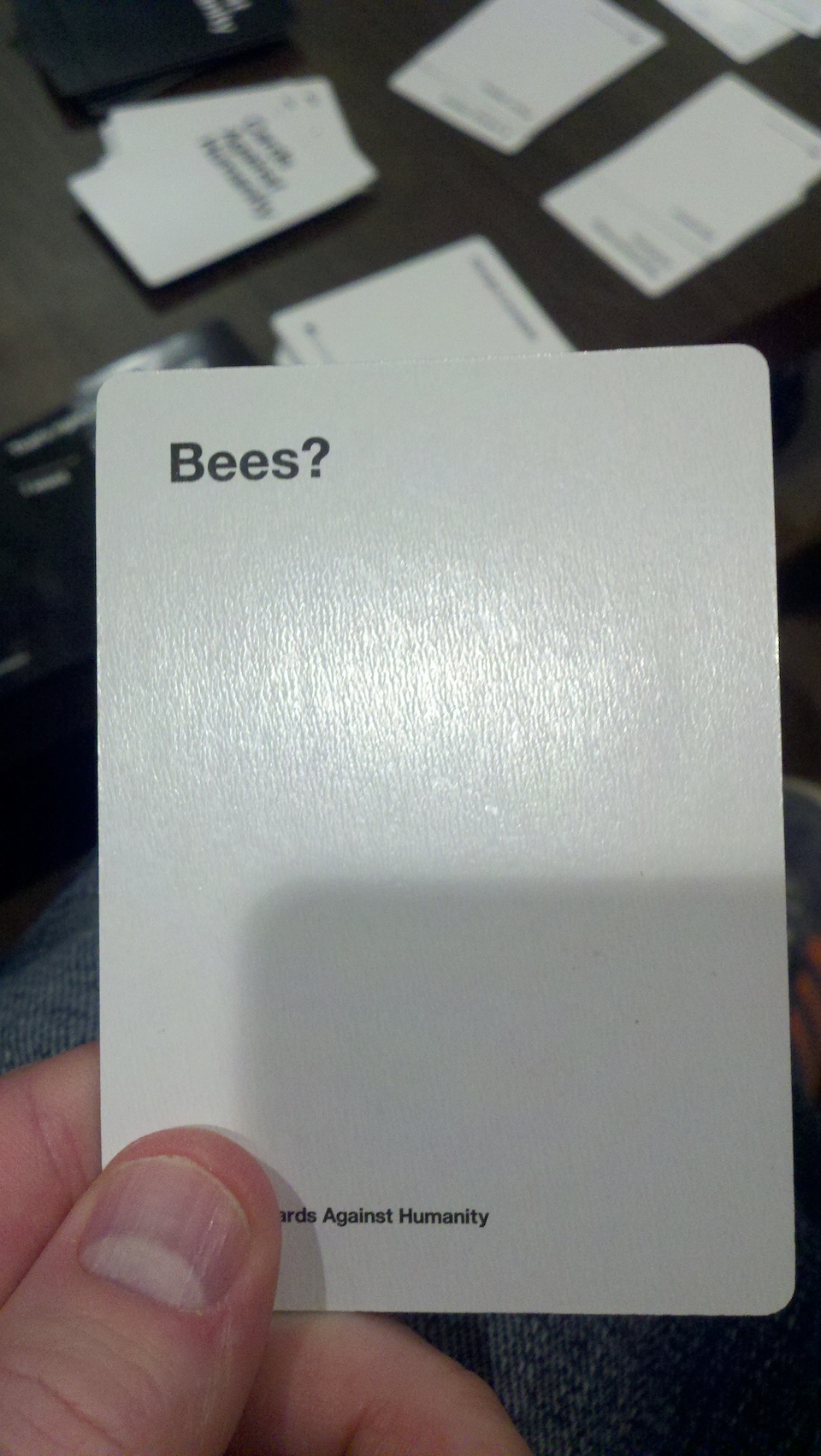Throughout the history of computer gaming, people have tried many different business models.
Early on, models included rental and sales of coin-operated machines, shareware, mail-order sales, sales through distributors, and doubtless others that I’m forgetting.
Monthly subscriptions were a more recent innovation, for games such as World of Warcraft, in an effort to find a more consistent revenue stream.
More recently, ‘Downloadable Content’ or ‘DLC’, and ‘in-app purchases’ have become de rigeur.
At their heart, they seem to be trying to solve the same problem as monthly subscription fees, but in a more explicit and a-la-carte fashion.
My recollection is that DLC was first, being a model very similar to the old shareware and multi-episode games. You would try the first one for free, or perhaps pay for it (depending on whether it was shareware), then that would entice you to purchase the next episode, and the next.
You knew pretty much what you were getting, the developers got a more consistent revenue, everyone was happy[1].
DLC then started branching out into partially or mostly cosmetic items, like the Oblvion Horse Armour
This still seems reasonable to me. You were playing a single player game, you wanted more features, the developers gave them to you for more money.
Then the ‘Free to Play’ games started becoming more and more popular. They would start out being free to play, but you would then need to play to continue after a certain point. Almost exactly the same as shareware, no problem. You purchased access after you had tried out the game. Totally reasonable, still very ethical.
But then the ‘Freemium’ games started coming out, the games that which were ostensibly free to play, but you could only play so many turns before you had to wait for your energy or whatever to recharge. However, you could play ‘just one more turn’ if you were to pay a little more money. This has gone from ‘money for content’ to ‘searching out and exploiting addiction‘.
In a somewhat orthogonally unethical category are games which allow you to pay to achieve an unfair advantage over other players in a multiplayer game. One of the games I currently play is an online turn-based strategy game, where you can pay money (about $15CAD) to get unlimited turn undos. This allows you to not pay for scouting units, and know the disposition of all of your enemy’s units, mostly obviating the ‘fog-of-war’ game mechanic. I’m sure it’s also very profitable.
In summary,
Ethical:
– Pay for more content/features
– Pay a subscription fee to keep playing on company-run servers[2]
Not so ethical:
– Pay to take more turns in the game with no ability to unlock as many turns as you want for a reasonable sum of money
– Pay to achieve an unfair advantage over other players
[1]Perhaps not game developers, but that’s a different story.
[2]We haven’t talked about games which stop working when the game company goes under and the server goes down…
A Long Tail of Whales: Half of Mobile Games Money Comes From 0.15 Percent of Players
